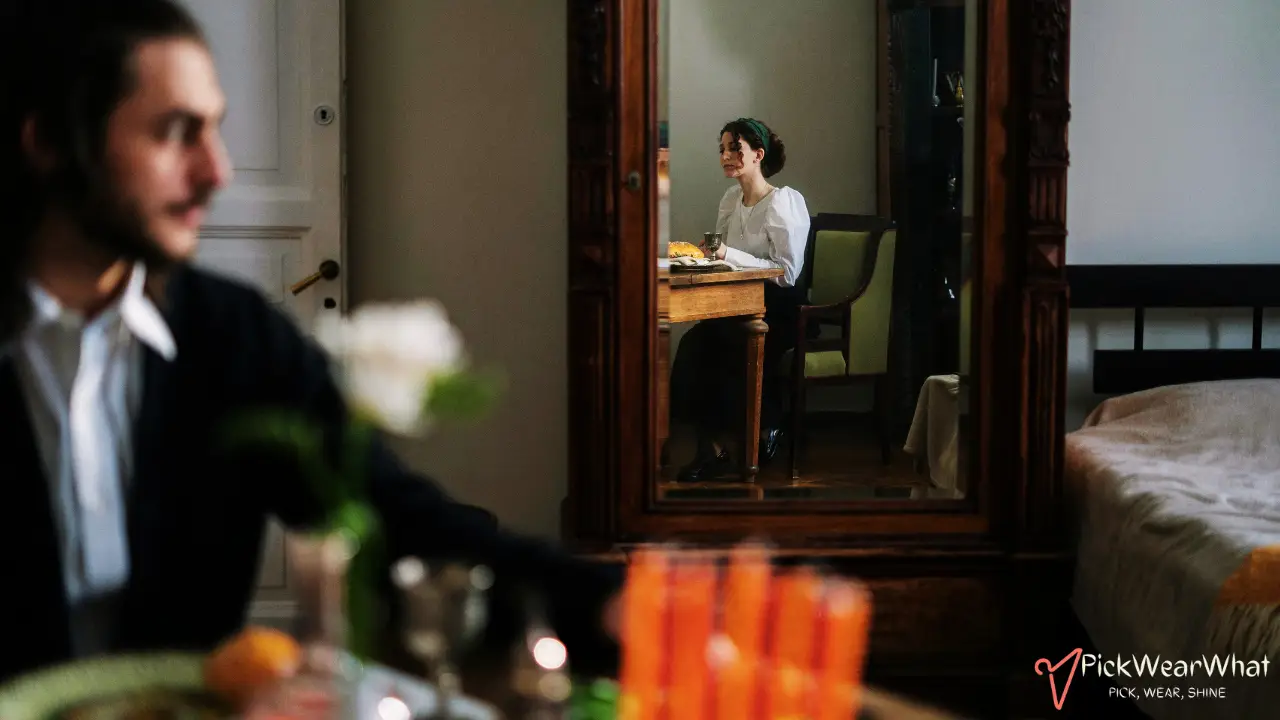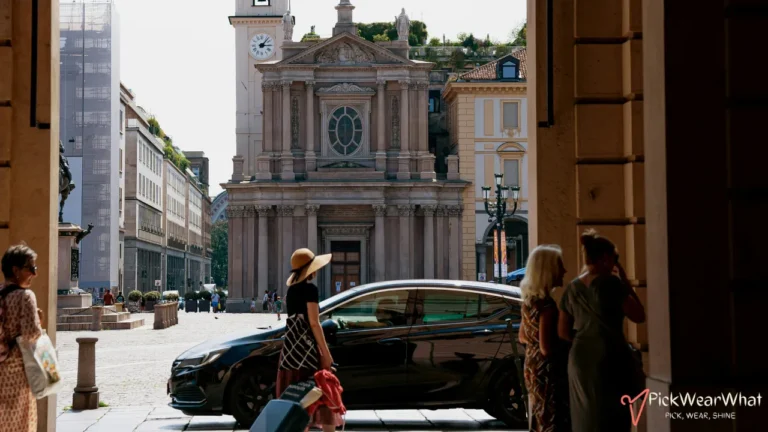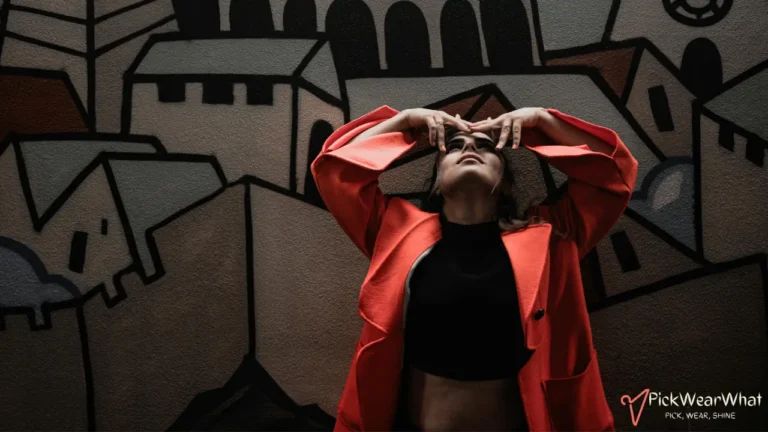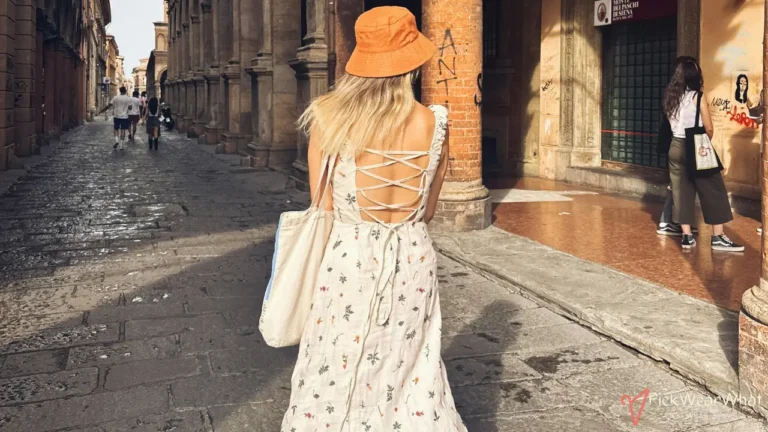When I first visited Israel, I quickly discovered how crucial Shabbat attire is for anyone—men and women alike—who wants to respect local traditions. In this guide, I’ll share my personal stories of adapting to Shabbat fashion as a man, while also including insights on women’s Shabbat attire from observing friends and family. By the end of this, you’ll have all the tips you need to dress appropriately for Shabbat in Israel and fully embrace its spiritual essence.
Why Shabbat Attire Matters to Me?
On my first Friday evening in Jerusalem, I showed up at a neighbor’s Shabbat dinner in jeans and sneakers. Although my hosts were gracious, I felt out of place when I saw everyone else in more formal clothing. It became clear that what you wear for Shabbat is a sign of respect and helps you blend into the community’s customs.
Men’s Shabbat Attire: My Personal Journey
Button-Down Shirts and Trousers
I now wear long-sleeved button-down shirts in neutral or light colors. Pairing them with dark trousers (or well-ironed khakis in more liberal areas) has made me feel confident and appropriate.
Kippah or Yarmulke
In more observant neighborhoods or when attending synagogue services, I make sure to wear a kippah. It’s a small gesture that goes a long way in showing respect for local religious traditions.
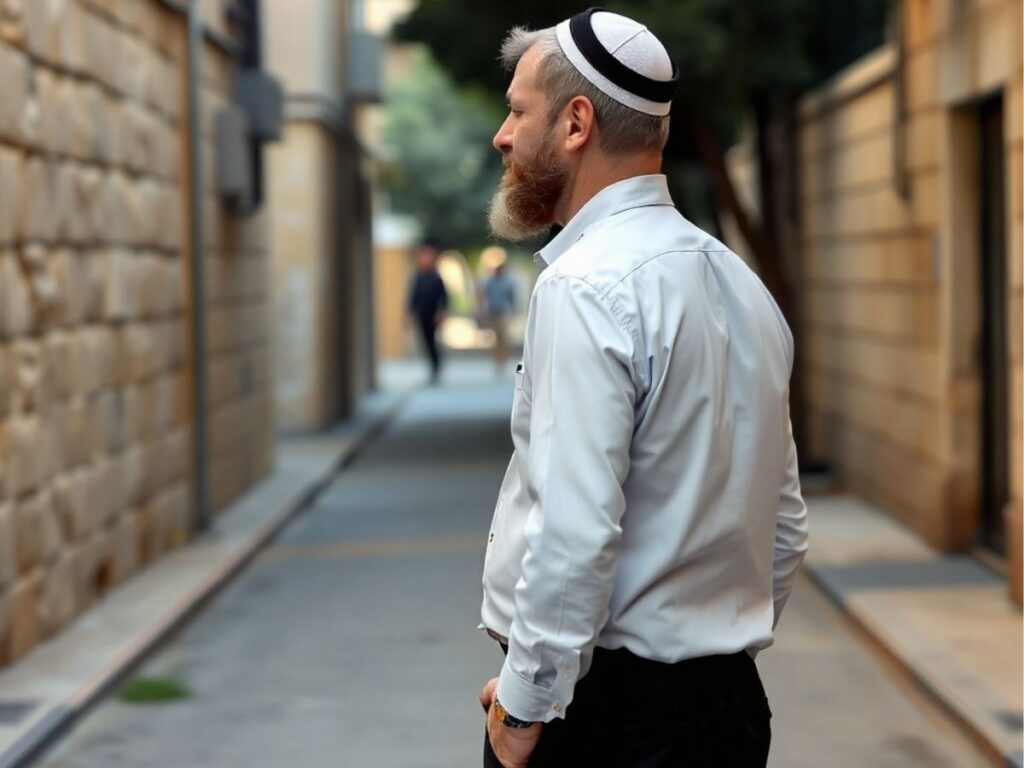
Women’s Shabbat Attire: What I’ve Observed
Modest Dresses and Skirts
From watching my female friends and neighbors, knee-length dresses or skirts paired with a blouse or sweater seem to be the norm. Soft fabrics like cotton and linen work best in the Israeli heat.
Covering Shoulders and Arms
Sleeveless tops are typically avoided in more religious areas. A light shawl or cardigan helps cover shoulders, especially for synagogue visits.
Woman in a pastel knee-length dress with sleeves, light shawl over shoulders, walking through a peaceful Jerusalem courtyard.
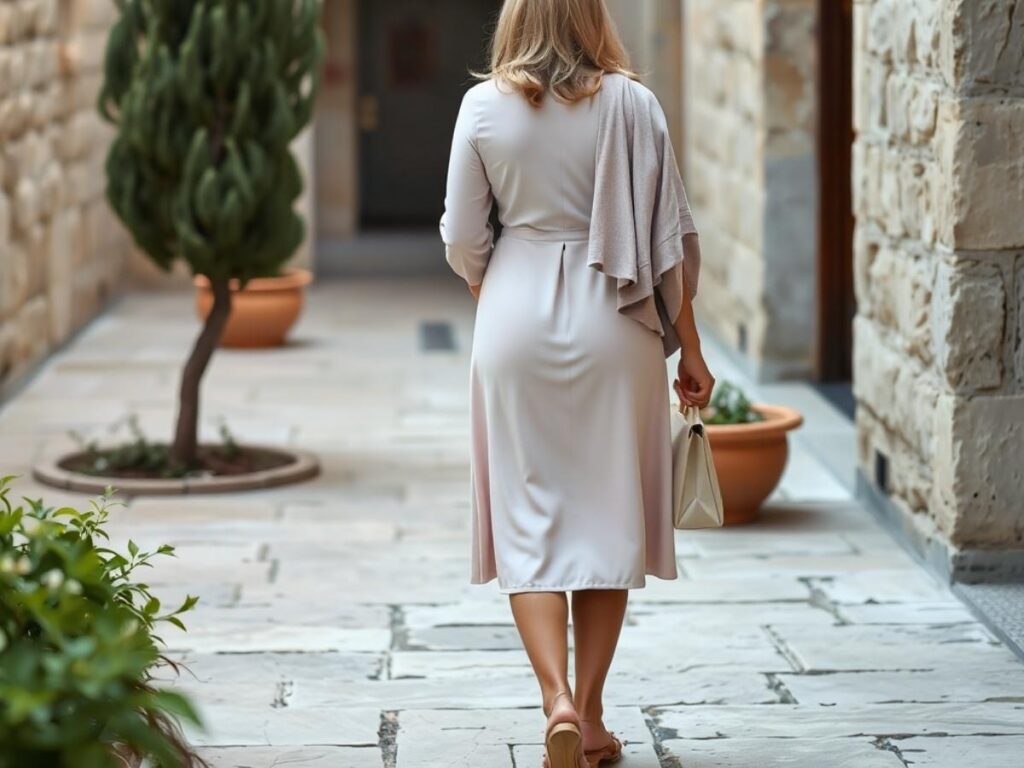
What to Avoid Wearing on Shabbat?
- Shorts or Tank Tops: These feel too casual for the reverence of Shabbat, especially in Jerusalem or religious neighborhoods.
- Loud Prints or Flashy Colors: I’ve learned that understated tones fit the peaceful nature of the day.
- Jeans and Sneakers in Formal Settings: While fine for a casual Tel Aviv gathering, they may stand out in traditional communities.
- Keywords: avoid casual wear, shorts, tank tops, flashy outfits, respect local customs
Regional Dress Code Differences
Jerusalem: More Conservative
In areas like Mea Shearim, men often wear black suits, and women ensure full knee coverage. I tend to stick to long sleeves and formal trousers here.
Tel Aviv: Relaxed but Polite
Tel Aviv is more liberal. Sometimes, I wear a short-sleeved collared shirt. Women can get away with slightly shorter hemlines, but still keep it tasteful.
Eilat and the Dead Sea: Keeping Cool
In hotter climates, lightweight fabrics are key. Linen shirts for men and breezy maxi dresses or loose-fitting skirts for women still maintain modesty while beating the heat.
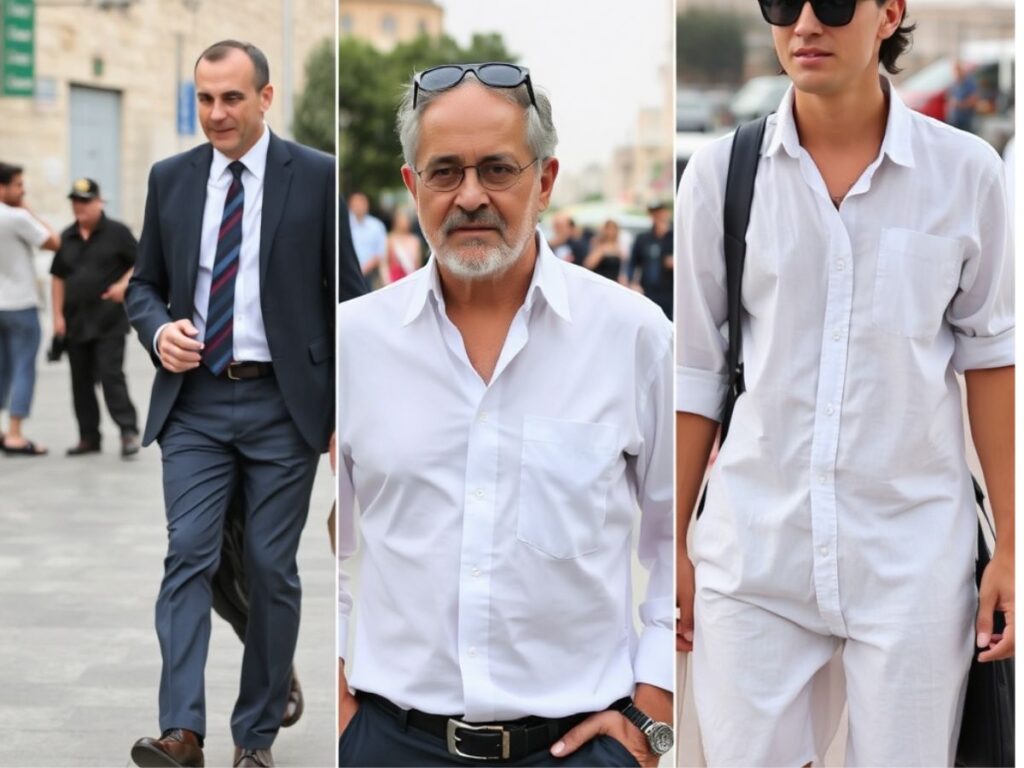
Footwear: Comfortable Yet Respectful
My Go-To Shoes
I prefer polished loafers or dress shoes. They’re easy to walk in if I’m heading to synagogue or a friend’s home. Plus, they complement formal trousers perfectly.
Women’s Footwear Observations
I’ve noticed my female friends often wear closed-toe flats or modest sandals. Flip-flops are considered too casual for Shabbat in most religious settings.
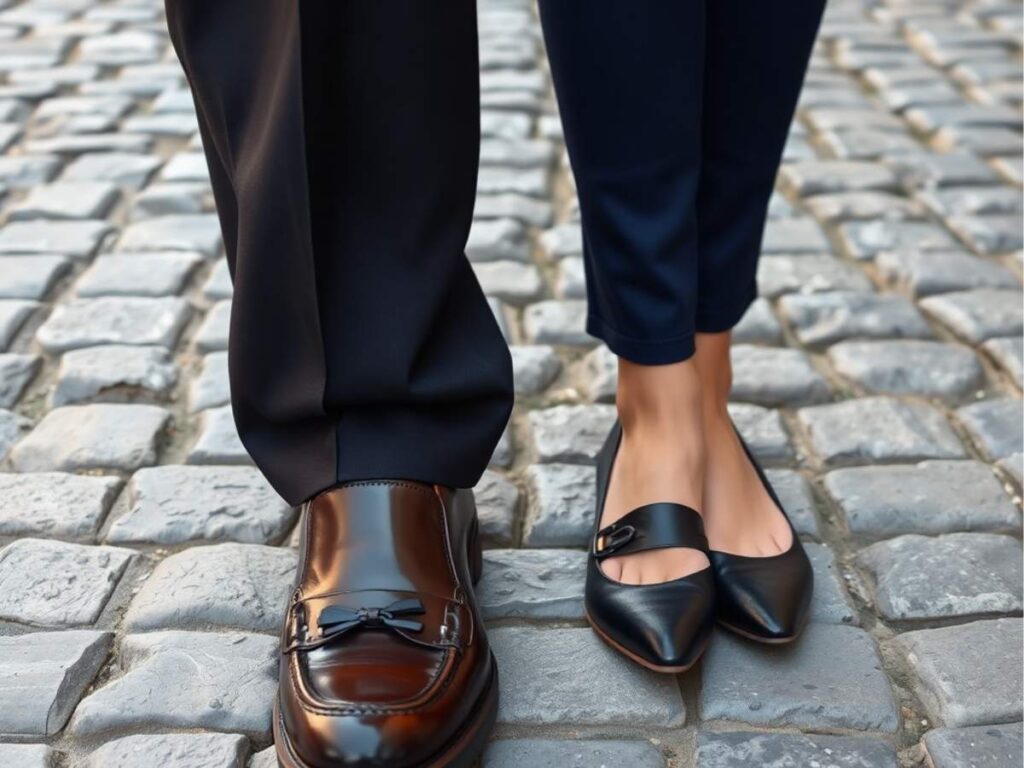
Dressing for Shabbat Meals and Family Gatherings
My Preferred Look
For Shabbat dinners, I choose a neatly ironed button-down shirt—often white or light blue—and pair it with dark trousers. It strikes a balance between formal and comfortable.
Women’s Meal Attire
Women typically wear a nice dress or skirt-and-blouse combination. Adding a subtle scarf or elegant jewelry can elevate the look for a festive Shabbat meal.
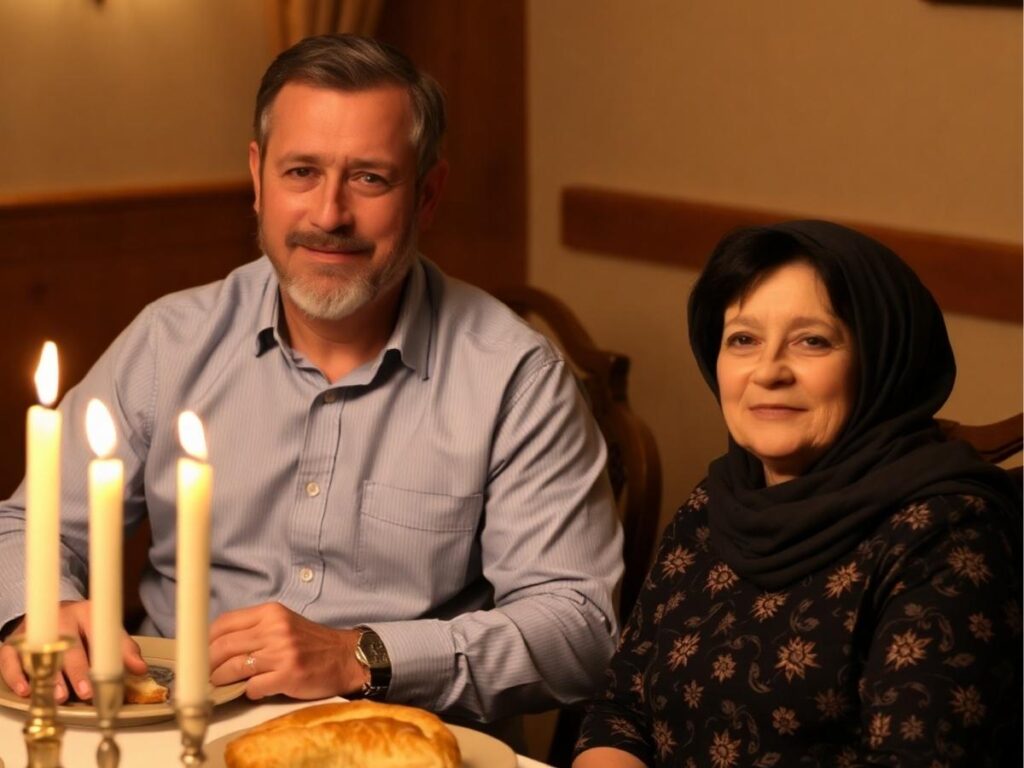
Final Thoughts: Embracing Shabbat Through Attire
Dressing for Shabbat in Israel as a man has transformed from a confusing necessity into a meaningful ritual for me. Watching how women also adapt their attire to respect local traditions has underscored how unifying this day can be—everyone contributes to the atmosphere of peace and reverence. By following these guidelines—whether you’re a man or a woman—you’ll find it easier to connect with the local culture and appreciate the spiritual depth that Shabbat has to offer.

